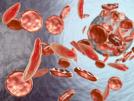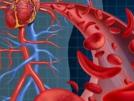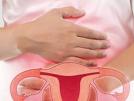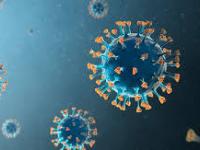Kidney Stones: High-Oxalate Foods to Avoid for Prevention
By Lokmat English Desk | Updated: November 13, 2024 12:27 IST2024-11-13T12:21:06+5:302024-11-13T12:27:25+5:30

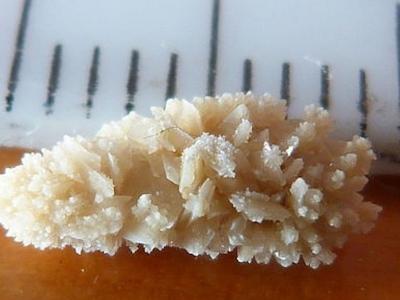
Kidney stones can affect anyone, with the most common type being calcium oxalate stones. If you experience pain in your kidneys or back, it may indicate the presence of stones. In such cases, it is advisable to reduce the intake of foods high in oxalates, which can contribute to the formation of these stones.
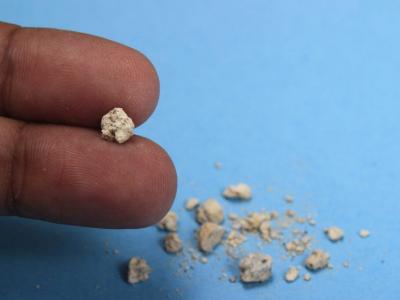
According to the National Kidney Foundation, kidney stones are not all the same, with the most common type being calcium oxalate stones. Following that, uric acid stones are also prevalent. A common misconception is that calcium oxalate stones contain calcium; however, these stones are primarily composed of oxalate, not calcium, despite their name.
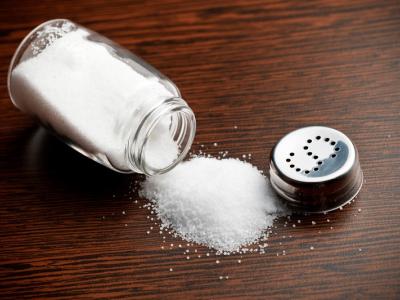
People who consume excessive amounts of salt are at a higher risk of developing kidney stones. This is because salt contains sodium, which increases the amount of calcium in the urine. The excess calcium is filtered by the kidneys, where it can accumulate and form stones. To reduce the risk of kidney stones, it is important to limit high sodium intake.
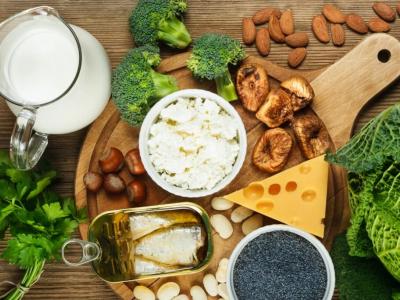
According to the National Kidney Foundation, it is important not to underestimate the role of calcium-rich foods in preventing kidney stones. Reducing calcium intake can actually increase the risk of developing kidney stones. Therefore, it is essential to continue consuming foods that are high in calcium as part of a balanced diet to help reduce the likelihood of stone formation.
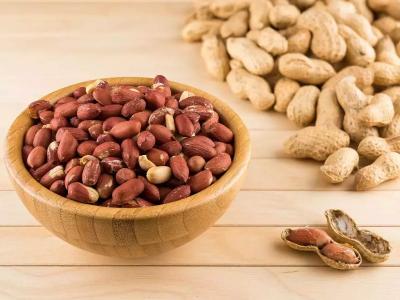
The National Kidney Foundation advises that foods such as peanuts, spinach, beets, Swiss chard, chocolate, and radishes are high in oxalates, which can contribute to the formation of calcium oxalate kidney stones. Individuals with a history of these stones should reduce their intake of these foods. It is also beneficial to consume calcium-rich foods when eating these items, as calcium can help bind oxalates and reduce the risk of stone formation.
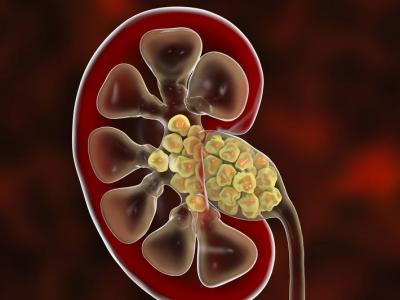
The National Kidney Foundation recommends eating calcium-rich foods alongside oxalate-rich foods. This helps the two elements bind together in the stomach or intestines, reducing the risk of accumulation in the kidneys.
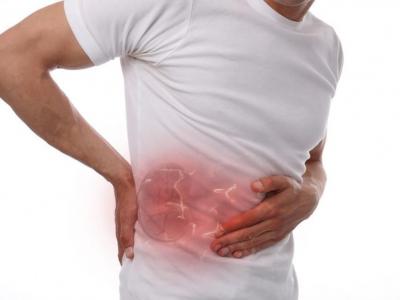
Kidney stones can cause a range of symptoms, including pain on one side of the waist, thigh pain, blood in the urine, chills, fever, nausea, vomiting, and changes in urine color.












